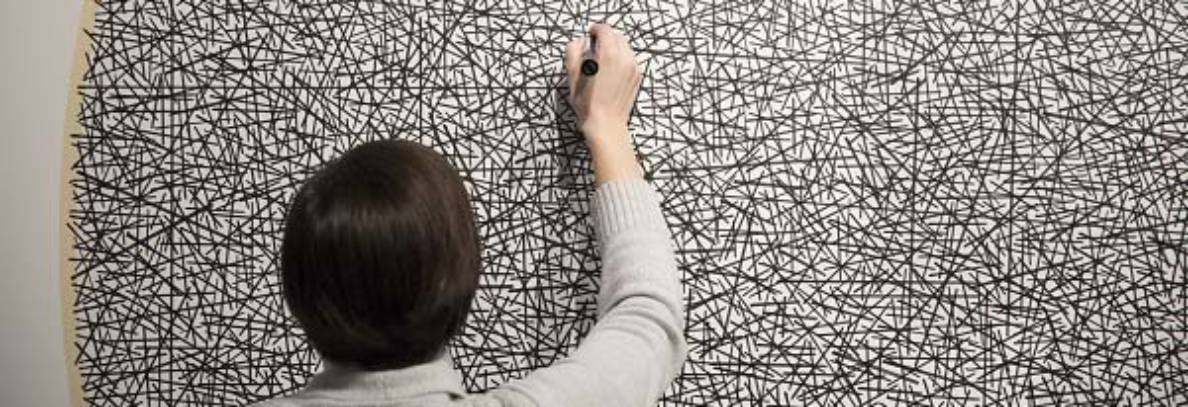Germaine Koh is a Canadian visual artist based in Vancouver. Her conceptually-generated work is concerned with the significance of everyday actions, familiar objects and common places. Koh was a recipient of the 2010 VIVA Award, and a finalist for the 2004 Sobey Art Award. Formerly an Assistant Curator of Contemporary Art at the National Gallery of Canada, she is also an independent curator and partner in the independent record label weewerk.

Home Made Home: Core (2016)
Core is a concept for a versatile suite of large cabinets which contain essential living services. Built in multiples of a standard dimension, the units can be placed in various configurations. Each unit is built on casters for ease of shipping and deployment.The protoype is constructed of oiled plywood. The bed unit contains a fold-down bed, lighting, and a closet. A countertop unit may be customized as a kitchen or office. A WC shell may be customized and plumbed into existing on-site services. Integrated lighting plugs into existing electrical outlets

Gleaning (2014)
Gleaning is an interactive map of current and historic sources of food. It is a resource for information on public food sources, food production and circulation, historic points of interest related to agriculture and the food industry, community stories about food, and notes about the natural environment.
The project is largely built through images and text by neighourhood residents and users. In its first stage, Gleaning focuses on the Marpole neighbourhood of Vancouver, a now-residential area that was once farmland, and before that important within First Nations trade.
The map sorts this information into layers that may be turned on and off:
• Public Food: food trees and edible plantings in public spaces, berry patches, fishing spots, etc.
• Community: shared food-based resources, such as community gardens, soup kitchens, food-related neighbourhood services, and water sources.
• History: historical information about agriculture, trade, hunting, and gathering.
• Environment: information about the natural environment, geography and geology of the area.

GroundWaterSeaLevel (2014)
Five industrial metal pipes, sized like tree trunks or utility poles, rise from a planted area bordering a traffic circle. Each is perforated by a grid of hundreds of silicone-encased LEDs. The lit LEDs suggest two separate bands of light, one blue and one green, that extend across the five poles, at the same elevation on each pole. At times, the two colored bands appear to overlap to create a light blue band.
The lights, slowly but constantly changing over time, represent actual climactic conditions in the immediate area. The green band represents the level of moisture in the soil at the foot of the poles, while the blue band represents the flooding and ebbing tide level in the adjacent Burrard Inlet. Both levels correspond to the actual conditions as measured by physical sensors installed in these locations. Continually changing, the piece’s slow modulation will remind us of, and return us to, the pace of natural processes.

Fallow (2005, 2009)
Instead of displaying a crop of new work, for one exhibition period the space lies fallow. The floor space of the gallery is completely covered with soil and plant matter from nearby vacant land. Plants and seeds in the soil continue to grow over the course of the show, during which time the trade practices and commercial goals usually associated with an exhibition are slowed to processes of waiting and watching. Still, within this environment there may be a multitude of quiet and sensuous details to be observed, as well as wide-ranging opportunities for reflection — for example, upon the functions of productivity, or about the value and relatively endangered nature of open space. The temporary situation might give pause to consider that, like crop rotation, enforced downtime — time outs — may be an important part of a sustainable production cycle. Although withdrawn from “constructive” use, the exhibition space is far from empty, but rather full of richly non-productive time and process.
Sourced from Germaine Koh’s Website
